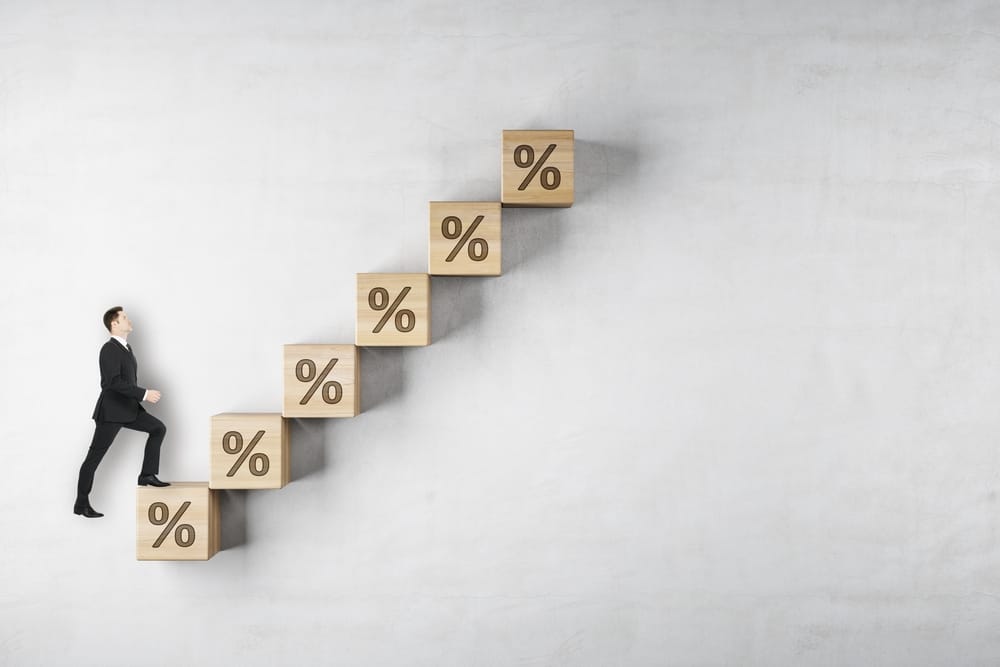Stable 30-Year Mortgage Rates in the U.S. August 2025

Stable 30-Year Mortgage Rates in August 2025: An Overview
Mortgage rates are a crucial element of the housing market, shaping the dynamics of home buying and selling. In the current economic climate, understanding 30-year mortgage rates in the U.S. and their impact on housing market trends is more important than ever. This August 2025 mortgage update explores the recent stability in 30-year fixed rates and their far-reaching effects on interest rates, home buying, and refinancing activities pivotal to the U.S. housing landscape.
Understanding Current 30-Year Mortgage Rates
In August 2025, the 30-year fixed mortgage rates remain stable, offering a sense of predictability in an oft-fluctuating financial environment. This type of mortgage is favored by many due to its consistent monthly payments over three decades, providing long-term stability for homeowners. Compared to previous months, where fluctuation was noted, the current rates exhibit a consistency that suggests potential benefits for both buyers and investors:
- Rates have held steady with minimal variation, suggesting a period of stability beneficial for planning.
- Historical data comparisons reveal that this stability contrasts with the more variable patterns seen earlier in the year.
- By maintaining these rates, the U.S. housing market seems to be fostering an environment conducive to sustained investment.
Mortgage interest plays a substantial role in determining both the monthly payments and the overall cost of a loan. A fixed interest rate ensures that payments remain the same, making budgeting easier for homeowners. This steady rate environment may have profound implications for buyers and investors looking to lock in favorable terms, contributing to more predictable housing market dynamics.
Impact of US Mortgage Rates on Home Buying

Current mortgage rates significantly influence the decision-making process for potential homebuyers. As rates stabilize, homebuyers may approach the market with increased confidence, knowing that their potential mortgage expenses are both predictable and manageable. Consider these aspects of housing affordability:
- Stable rates can open the door for first-time buyers who rely on affordability and predictability.
- New buyer optimism is often tied to consistent interest rates, encouraging transactions and market activity.
- Housing affordability remains sensitive to rate changes, as even slight shifts can affect the cost-to-income ratio for middle-income families.
Interest rates, serving as a barometer for mortgage market trends, ripple through the broader real estate financing landscape. As one might expect, lower interest rates can spur real estate activities, whereas rising rates might cool market enthusiasm—a factor investors keenly watch.
Refinancing Activity and Trends

The current stability of mortgage rates also impacts refinancing trends in the U.S. housing market. With rates holding steady, homeowners might find themselves considering refinances not only for better terms but also as a strategy for financial maneuvering. Here’s how stable rates affect refinancing:
- Homeowners might choose to refinance to lower monthly payments while benefiting from stable rates.
- Some may leverage refinancing as a tool to free up equity for investments or other financial endeavors.
- The predictability of interest rates invites strategic refinancing plans that align with personal financial goals.
Long-term mortgage strategies hinge upon current rate conditions, compelling homeowners to weigh the potential benefits carefully. Refinancing under stable rates may ease future financial planning, offering a window of opportunity to optimize mortgage terms efficiently.
Broader US Housing Market Trends
U.S. housing trends are invariably linked to prevailing mortgage rates. Several factors, including employment trends and economic forecasts, drive these trends alongside rate stability. Observing the connection between 30-year mortgage rates and housing interest gives valuable insights:
- Case studies indicate that stable rates contribute to a balanced demand-supply equation in housing.
- Market stability might suggest fewer speculative investments, leading to sustainable growth.
- Mortgage rates that anchor the market can provide the foundation upon which buyers and investors build confidence.
Anticipating shifts in August 2025 based on current data, experts may foresee a moderating influence of stable rates on housing market volatility. This balance could encourage more sustained market activity, attracting investors seeking consistency.
Future Outlook for US Mortgage Rates
Predictions for future mortgage rate movements are based on a myriad of economic indicators and trends. As the U.S. economy navigates the intricate balance between growth and stability, mortgage rates may mirror these shifts. Considering the potential implications:
- Economic indicators might signal upcoming rate adjustments as market conditions evolve.
- Prospective homeowners remain sensitive to future rate movements that could alter refinancing and new home loan conditions.
- Maintaining an understanding of these trends is crucial for both new and existing homeowners planning for the future.
Reflecting on key insights from the August 2025 mortgage updates, the value of understanding mortgage rate trends cannot be overstated. For individuals venturing into homeownership or strategizing long-term financial plans, these insights illuminate the pathways through the ever-changing landscape of the U.S. housing market.
Navigating Tomorrow’s Housing Market
In summary, the stability of 30-year mortgage rates as observed in August 2025 shapes the contours of home buying, refinancing, and broader market trends in the U.S. housing sector. By appreciating the intricate ballet of economic factors and rate dynamics, homeowners and investors alike can make informed decisions, navigating the complexities of the housing market today and tomorrow.




